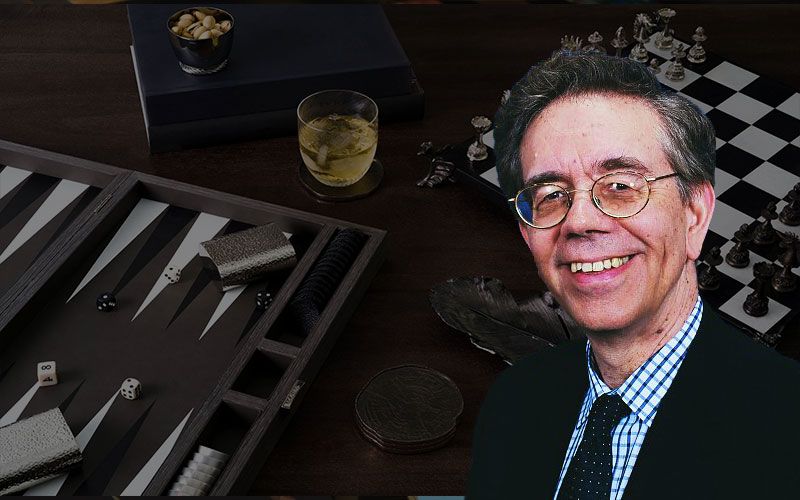
Loading board
Problem (#1) shows a routine position in an early holding game. Both sides have an anchor, and the race is very close. Black’s position is slightly preferable since more of his checkers are arrayed in front of White’s anchor, and he therefore has better chances of establishing a blockade.
Black’s roll of 5-1 is a pretty routine shot and he has two obvious choices: 9/3, starting the 3-point, and 13/8 9/8, playing safe while keeping all checkers is front of White. Of these two plays, 9/3 is very slightly better; 13/8 9/8 creates a stack which will prove a little awkward in some of the upcoming variations. In the middle game, we try to avoid creating big stacks unless alternatives are really weak. There’s nothing structurally wrong with 9/3, so it’s a better play here.
There is, however, yet another alternative: the bold and dashing 13/7, slotting the bar point and leaving two blots, but forcing White to give up his anchor if he wants to hit. Is 13/7 just a crazy play, or a stroke of genius?
If you found yourself a spectator at backgammon tournaments in the 1970s and early 1980s, you would have seen plays like 13/7 with some frequency. Slotting to build primes was the essence of the “pure style” much in vogue at the time. Advocates of this style would have made several compelling arguments in favor of 13/7:
- If White doesn’t hit, Black can build a prime quickly.
- If White does hit, he loses his anchor and Black can attack. The attack might still let Black build a formidable position.
- If Black gets several men sent back, he can construct a back game/blocking game formation. White’s board isn’t very strong, and Black already owns a high anchor, so White has little or no chance of forming a prime against whatever formation Black can construct.
- The positions that will result from 13/7 will all be more complex than those that will arise after the more standard plays. The better player will have an edge in these positions.
- Most of the good players play this way, and they’re winning all the big tournaments, so don’t you want to play like them?
Actually, these are all pretty good arguments. While they’re not good enough to tell you that the play is right, they are good enough to tell you that the play might be right. As the 1980s wore on and turned into the 1990s, experience accumulated and plays like 13/7 became less popular, even among the good aggressive players. A general sense took hold that these plays were a little too over-the-top, although they remained a useful weapon against weaker players.
The arrival of the bots and their rollout capacity in the mid-1990s gave us a tool that let us put plays like 13/7 under a microscope. The results were interesting and can be summed up pretty quickly:
In normal positions, where White has reasonable structure, double-slotting plays like 13/7 are wrong. Just how wrong they are depends on the strength of White’s position. Where White’s home board is not too imposing, as in (A), the plays are only slightly wrong. Against a sufficiently weak opponent, the slotting plays might indeed be optimal. But suppose the position isn’t so normal? Take a look at Position B, with the same 5-1 to play:
Loading board
In (Position #2), where White has a blot in his 1-point board, a big stack on the 6-point, and a stripped 8-point, then Black has the freedom to take more chances, and the aggressive slot is more likely to be correct. In fact, 13/7 is the best play here, and by a considerable margin.
The lesson here: Before taking a risk to improve your position, don’t just look at how good your game could be if you get away with the play. Remember to look at your opponent’s position and see just how dangerous his home board is if he hits you. If it’s toothless enough, then the aggressive play may well be right. If it’s got some bite, then you may have to settle for something more prosaic.